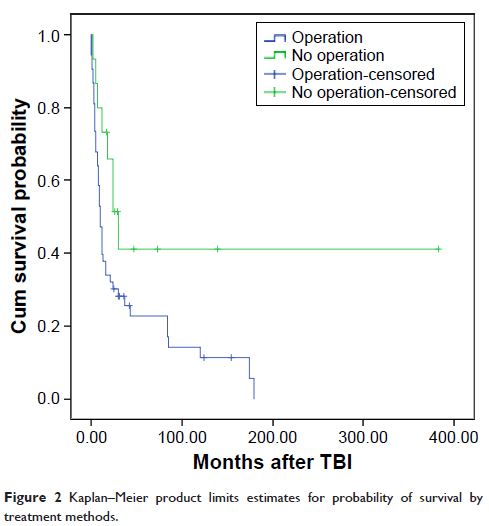109229
论文已发表
注册即可获取德孚的最新动态
IF 收录期刊
- 3.4 Breast Cancer (Dove Med Press)
- 3.2 Clin Epidemiol
- 2.6 Cancer Manag Res
- 2.9 Infect Drug Resist
- 3.7 Clin Interv Aging
- 5.1 Drug Des Dev Ther
- 3.1 Int J Chronic Obstr
- 6.6 Int J Nanomed
- 2.6 Int J Women's Health
- 2.9 Neuropsych Dis Treat
- 2.8 OncoTargets Ther
- 2.0 Patient Prefer Adher
- 2.2 Ther Clin Risk Manag
- 2.5 J Pain Res
- 3.0 Diabet Metab Synd Ob
- 3.2 Psychol Res Behav Ma
- 3.4 Nat Sci Sleep
- 1.8 Pharmgenomics Pers Med
- 2.0 Risk Manag Healthc Policy
- 4.1 J Inflamm Res
- 2.0 Int J Gen Med
- 3.4 J Hepatocell Carcinoma
- 3.0 J Asthma Allergy
- 2.2 Clin Cosmet Investig Dermatol
- 2.4 J Multidiscip Healthc

有过至少一次癫痫发作的患者在遭受严重头部损伤后发生创伤后癫痫的风险
Authors Chen W, Li MD, Wang GF, Yang XF, Liu L, Meng FG
Received 10 May 2017
Accepted for publication 20 July 2017
Published 30 August 2017 Volume 2017:13 Pages 2301—2306
DOI https://doi.org/10.2147/NDT.S141486
Checked for plagiarism Yes
Review by Single-blind
Peer reviewers approved by Prof. Dr. Roumen Kirov
Peer reviewer comments 2
Editor who approved publication: Professor Wai Kwong Tang
Background: To explore the incidence and risk factors, including type of seizures
for post-traumatic epilepsy (PTE) after severe traumatic brain injury (TBI).
Subjects and methods: This was a retrospective follow-up study of
patients discharged from Liaocheng People’s Hospital between March 2011 and
June 2015 with a diagnosis of post-traumatic seizures. Risk factors for PTE
were evaluated in 68 inpatients by using Kaplan–Meier curves and the Cox model.
Results: Complete clinical information was available for
68 patients. A total of 54 cases (79.4%) were diagnosed as presenting with PTE,
occurring from 10 days to 179 months after severe TBI. Nineteen out of 54 cases
(35.2%) had been defined as PTE within the first 6 months after the trauma, 17
cases (31.5%) within 7–12 months, 8 cases (14.8%) within 13–24 months, 2 cases
(3.7%) within 25–36 months, and 8 cases (14.8%) within 37–179 months after the
TBI. The Kaplan–Meier curves demonstrated that simple partial seizures,
surgical treatment, and onset of seizures occurring within 6 months after
injury were associated with PTE.
Conclusions: The Cox model indicated that, for patients aged
>34 years at the time of injury, the PTE risk was 2.55 times greater than
for those aged ≤34 years. In addition, simple partial seizures, surgical
treatment and onset of seizures occurring within 6 months after injury were
significant risk factors for the development of PTE.
Keywords: post-traumatic
epilepsy, risk factor, post-traumatic seizure
